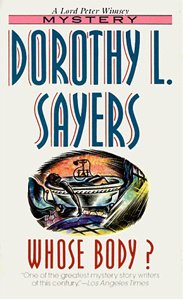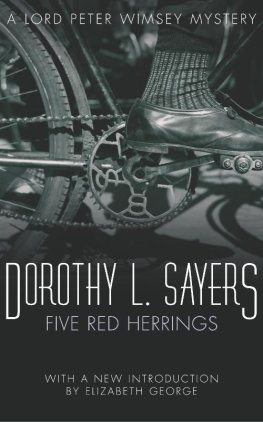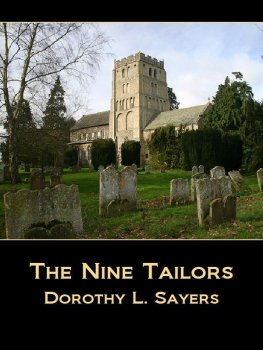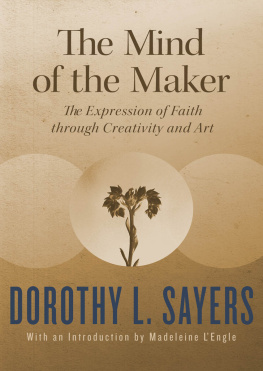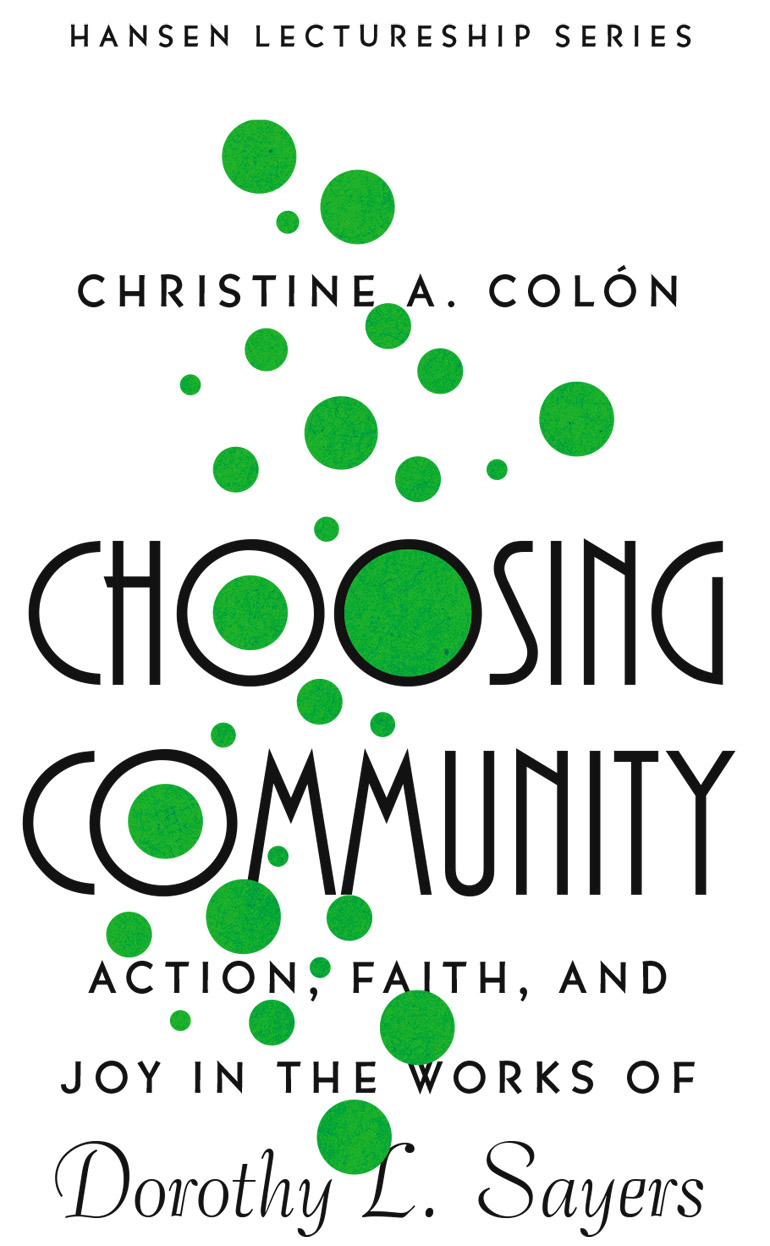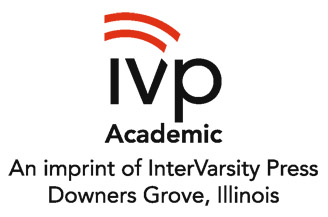COMMUNAL FLOURISHING
By all accounts, Dorothy L. Sayers, the English novelist, playwright, and poet, was a gifted writer and a somewhat eccentric figure, not unlike some of her own characters. Barbara Reynolds, her primary biographer, records this evaluation of Sayers:
What a woman! Brilliant, erratic, rude and impatient as only dedicated writers and artists can be, earnest, hard-working, loving, yet never achieving settled love, deeply religious, with a flair for expressing old truths in new words, funny as well as witty, eccentric, curious in appearance, scholarly, a woman who knew her own mind and knew, too, that it was as good as any mans; a fighter who could be a worthy opponent in any kind of controversy.
In light of her own articulations of Christianity, perhaps defender of the faith is another title that could be applied to Sayers.
A central element of the Christian faith is the importance of community, as diverse people are brought together through the Holy Spirit to be the one body of Christ.
In the first of her three lectures on the communal vision of Dorothy Sayers, Christine Coln discusses Sayerss growth as a writer as demonstrated in her Lord Peter Wimsey novels, specifically through her portrayal of the roles of individuals who threaten or restore the health of the community. I have enjoyed reading these detective novels, but I had never considered that it is possible to trace Sayerss growth in her work as a writer by investigating the trajectory of her novels.
The importance of community was also a theme in Sayerss own life. She benefited from the communities of fellow writers, such as those in the Detection Club, a group of detective fiction authors that included G. K. Chesterton, among others. In Chestertons estimation, [Sayers] sustains about the best level, in my opinion, of lively and intelligent writing in this style. Notably, Sayers was not an official member of the Inklings, the famous writing group that included C. S. Lewis, J. R. R. Tolkien, Charles Williams, and others, but she was friends with Lewis and Williams. Moreover, she carried on extensive correspondence with many people, and she lauded the theater, a community that she discovered with the stage production of Busmans Honeymoon in 1936 and later at the Canterbury Festival.
However, one community in which Sayers evidently did not find much support for her work was the church. Here is how she described the churchs approach to artists:
The churchs approach to an intelligent carpenter is usually confined to exhorting him to not be drunk and disorderly in his leisure hours, and to come to church on Sundays. What the church should be telling him is this: that the very first demand that his religion makes upon him is that he should make good tables.
Before we dismiss these claims as uninformed, we should recall that Sayerss father, the Reverend Henry Sayers, was Rector of Bluntisham and later Christchurch in the Fenlands, so she speaks as a daughter of the Manse who knew the realities of church life, perhaps all too well. Sayers considered her work as a writer to be a sacred task, but she did not hear the church value the work of artists. She bitterly laments that the church will tolerate, or permit, a pious intention to excuse work so ugly, so pretentious, so tawdry and twaddling, so insincere and insipid, so bad as to shock and horrify any decent draftsman.
Sayerss devastating critique of the churchs negative attitude toward works of art and the work of artists is a theme in her essays. Fortunately, that is not the theme of Professor Colns lectures. Instead, she emphasizes the positive directions found in Sayerss work for building true communities where individuals joyfully support each other in their God-given work, a vision that applies to the church as well as other communities. All who seek the welfare of their communities will find reliable guidance by following Colns exploration of the dramatic, eccentric, and whimsical vision of Dorothy Sayers for Christians living and working together in healthy community.
THE KEN AND JEAN HANSEN LECTURESHIP
I was motivated to set up a lectureship in honor of my parents, Ken and Jean Hansen, at the Wade Center primarily because they loved Marion E. Wade. My father began working for Mr. Wade in 1946, the year I was born. He launched my fathers career and mentored him in business. Often when I look at the picture of Marion Wade in the Wade Center, I give thanks to God for his beneficial influence in my family and in my life.
After Darlene and I were married in December 1967, the middle of my senior year at Wheaton College, we invited Marion and Lil Wade for dinner in our apartment. I wanted Darlene to get to know the best storyteller Ive ever heard.
When Marion Wade passed through death into the Lords presence on November 28, 1973, his last words to my father were, Remember Joshua, Ken. As Joshua was the one who followed Moses to lead Gods people, my father was the one who followed Marion Wade to lead the ServiceMaster Company.


